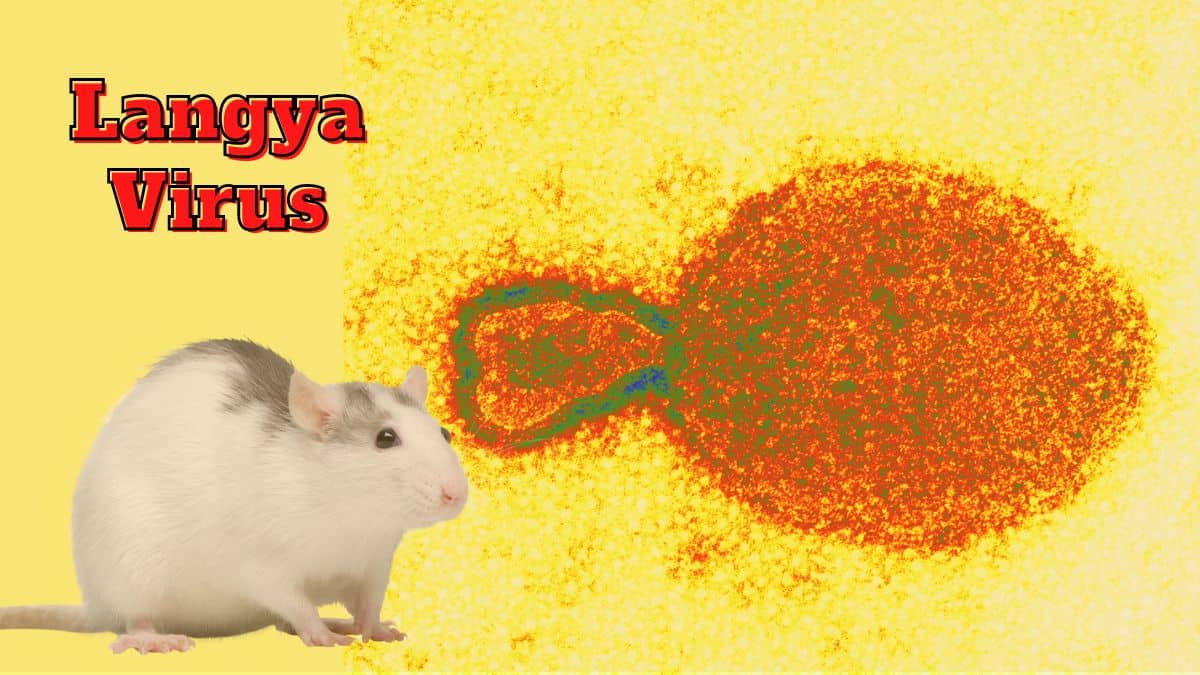Novel Langya Virus Hits China

A wave of threat started emerging among the people of China as the novel Langya virus hits China. People are still facing the after-effects of COVID-19 pandemic for the past two years. Moreover, there is also a fear from the outbreak of the monkeypox virus in different countries. Researchers are controlling the spread of this novel Langya virus in China. Dozens of cases were reported in China for the obvious investigation of this virus.
Epidemiology of novel Langya virus:
This novel Langya virus was first identified in 2018 in the northeastern areas of Shandong. At that time, nobody bothered about this virus. But, this virus was officially identified last week, when a sudden surge in the cases arises in China. According to the Beijing Institute of Microbiology and Epidemiology, patients with reported symptoms of fever and history of animal contact in eastern China. They were properly investigated by health officials as a part of the health surveillance project. After investigating the throat swabs of different patients, the researchers confirmed the presence of the virus in 35 people, farmers commonly.
What is the Langya virus?
Phylogenetically, the novel Langya virus belongs to the distinct Henipavirus (LayV). It is a zoonotic RNA virus that can be transferred from animal to human contact. The previous known types of Henipavirus are:
- Hendra virus
- Nipah virus
- Cedar virus
- Mojiang virus
- Ghanaian Bat virus
From the above-mentioned viruses, only Hendra and Nipah can cause different infectious diseases among humans. According to the World Health Organization (WHO), this family of the viruses is highly dangerous with Nipah having a fatality rate of about 40-75 percent. This fatality rate is much higher than the previous death rate for COVID-19.
There is no such clear evidence regarding the fatality rate of the Langya virus, as a lack of research. Most of the patients suffering from this virus reported with mild flu-like symptoms. Henipavirus is usually multiplied by pteropid fruit bats. Other studies also report the presence of henipavirus in bats, shrews, and rodents.
What are the common symptoms associated with this virus?
Patients suffering from the Langya virus appeared with a complex of symptoms. The most common symptoms are:
- Fever – all 35 infected patients experienced fever
- Body fatigue – 54% of patients reported with this symptom
- Loss of appetite – 50% of patients reported with this symptom.
- Muscle pain – 46% of patients affected by this symptom
- Cough – This symptom affected 50% of the patients.
- Nausea – 38% of the patients come with this nausea and vomiting like symptom.
- Headache and vomiting – 35% of the patients experienced these symptoms.
Patients also exhibit different blood cell abnormalities with kidney and liver damage. Besides having all these symptoms, none of the death cases were reported among the patients.
How is this virus found?
This novel Langya virus is spotted through the surveillance testing process of people suffering from the fever. Researchers investigated the cause of this fever. And, compiling the result, it leads to the identification of the virus.
What is the route of transmission for this virus?
As the virus is of zoonotic origin. The most common pathway of transmission for the Langya virus is through animal to human contact. Researchers reported the spread of this virus is sporadic. Scientists explored the genome of the virus among 25 species of wild animals being surveyed. The genome of this virus is found commonly in about 27 percent of the 262 examined shrews. This indicates that animals are the natural harboring point for this virus.
According to the Chinese scientists, there is no such case report of transmission of the virus from the infected humans to other humans.
How can we treat the infection caused by it?
There is no such treatment available for the management of the infection caused by Langya virus. Moreover, there are no vaccines available for henipavirus among humans.
Frequently asked questions (FAQs)
Can Langya virus transmit from human to human contact?
There is no such case reported from the patients that this virus can transmit from one person to another. But after declaring that, scientists also stated that our sample size was too small to identify the status for human to human spread of LayV or Langya virus.
What is the leading cause for the spread of this novel Langya virus?
The only leading cause for the spread of the virus is contact with animals. As scientists reported that animals can be the natural reservoir for this virus.




